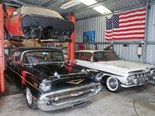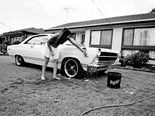Feature: Inspecting a classic car
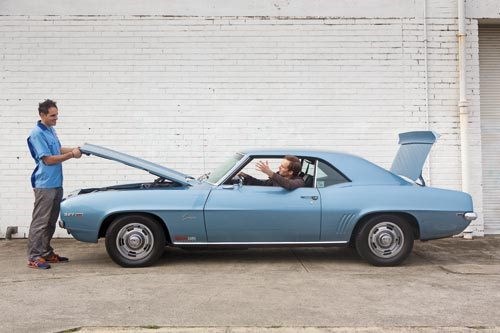 Feature: Inspecting a classic car
Feature: Inspecting a classic car

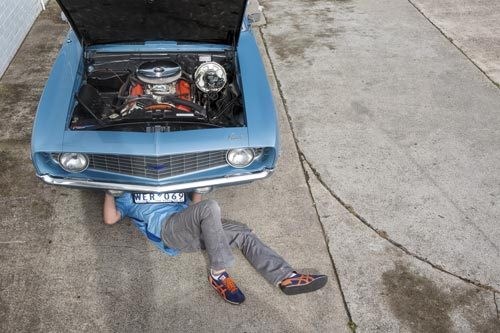 Feature: Inspecting a classic car
Feature: Inspecting a classic car

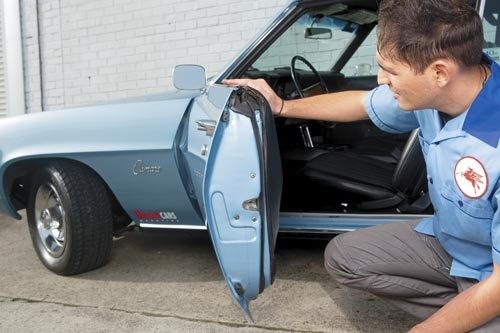 Feature: Inspecting a classic car
Feature: Inspecting a classic car

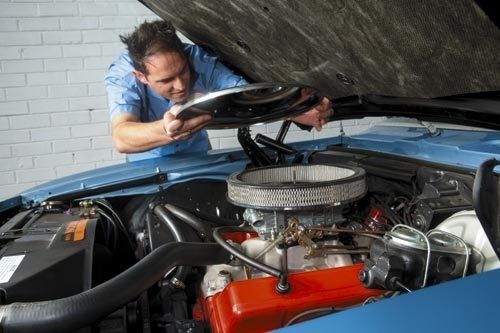 Feature: Inspecting a classic car
Feature: Inspecting a classic car

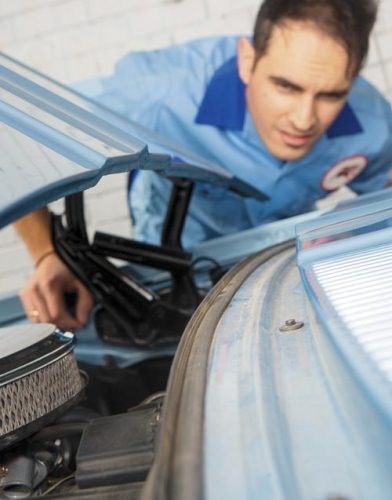 Feature: Inspecting a classic car
Feature: Inspecting a classic car

 Feature: Inspecting a classic car
Feature: Inspecting a classic car

 Feature: Inspecting a classic car
Feature: Inspecting a classic car

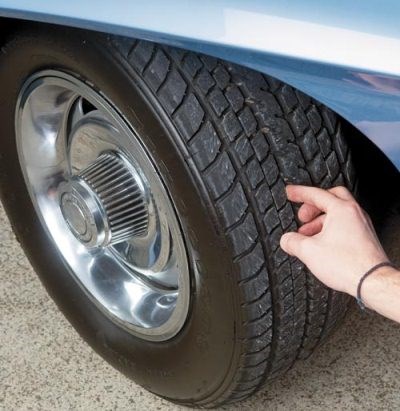 Feature: Inspecting a classic car
Feature: Inspecting a classic car

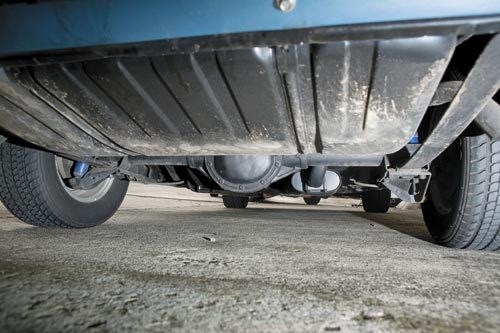 Feature: Inspecting a classic car
Feature: Inspecting a classic car

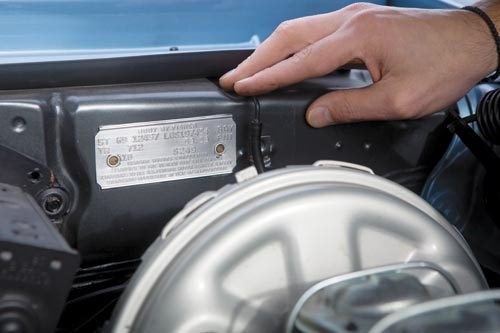 Feature: Inspecting a classic car
Feature: Inspecting a classic car

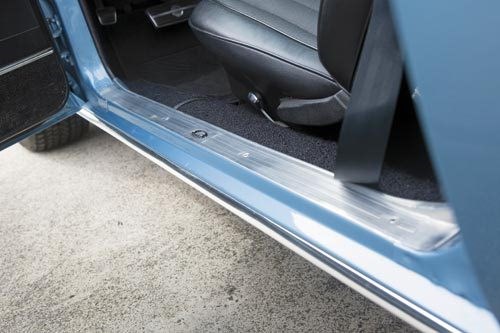 Feature: Inspecting a classic car
Feature: Inspecting a classic car

 Feature: Inspecting a classic car
Feature: Inspecting a classic car
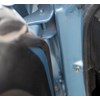
 Feature: Inspecting a classic car
Feature: Inspecting a classic car
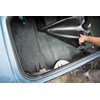
 Feature: Inspecting a classic car
Feature: Inspecting a classic car
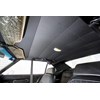
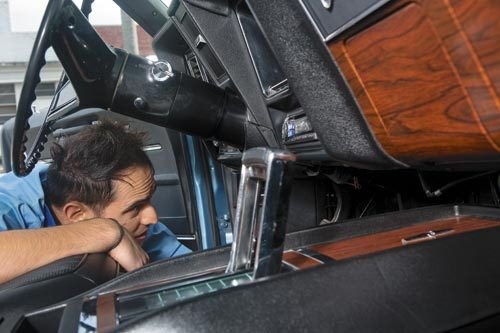 Feature: Inspecting a classic car
Feature: Inspecting a classic car

 Feature: Inspecting a classic car
Feature: Inspecting a classic car


|
|
Feature: Inspecting a classic car
|

|
|
Feature: Inspecting a classic car
|

|
|
Feature: Inspecting a classic car
|

|
|
Feature: Inspecting a classic car
|

|
|
Feature: Inspecting a classic car
|

|
|
Feature: Inspecting a classic car
|

|
|
Feature: Inspecting a classic car
|

|
|
Feature: Inspecting a classic car
|

|
|
Feature: Inspecting a classic car
|

|
|
Feature: Inspecting a classic car
|

|
|
Feature: Inspecting a classic car
|

|
|
Feature: Inspecting a classic car
|

|
|
Feature: Inspecting a classic car
|

|
|
Feature: Inspecting a classic car
|

|
|
Feature: Inspecting a classic car
|

|
|
Feature: Inspecting a classic car
|
Car buying expert Ross Vasse will save you a packet when purchasing a classic car
Inspecting a classic car
You’re in the market to buy your dream car. You’ve spent countless hours searching the internet and scouring the Unique Cars classifieds. Finally, you’ve found a car that seems to be what you’re after. You decide to check it out but you’re not sure of what to look out for. Here are a few tips on how to inspect a prospective purchase.
THE INSPECTION
Look at the car from every angle – high and low. Kneel down at the front or rear where your sight line follows the length of the car and look for uniformity. ‘Gunsighting’ the car, do you see waves, ripples or blemishes? Is there a difference in paint texture or slight colour variations between panels?
Tap your fingernail in the suspect area and surrounding areas. Does the tone change from a hard, empty sound to a dullish, thick sound? If so, that’s body filler. If a magnet won’t stick to the would-be steel area, that’s a sure indication of body filler too. Look closely and you may see sanding scratches in the affected areas. At this point, don’t ask if it’s been repaired, ask how severe the damage was.
Look around the entire lower portion of the car for evidence of rust. Feel inside any body cavities, including the wheel wells and boot. Check under the spare. Rust appears as scales, bubbles or rough edges, and can attack anywhere moisture can be trapped, but especially at seams, low areas and around trim.
Minor rust is common in most old cars and can be easily repaired. While a few bubbles of rust are expected, it’s when you see extensive rust in the pillars, floors, bulkhead and chassis that you should walk away. Rusty cars require huge budgets, with specialist attention and expertise to fix them properly. Avoid buying a rust bucket, unless it’s an ultra-rare and highly desirable old car.
Inspect the area around the trim, rubbers and chrome for any signs of body colour paint in places it wasn’t painted from factory. This is commonly referred to as ‘overspray’, indicating the car has been repainted around these areas. Ask the seller why it was repainted. If you find evidence of other colours, it could mean the whole car has been colour changed or just one body panel has been replaced. Ask the seller to find out why. Look again at the chrome, is it aged, faded, or pitted? Can it be improved with a hand polish? Re-chroming isn’t cheap. Inspect all the glass and lenses.
As you walk around the car, push each corner of the car with force generous enough to spring it down. If it bounces back and stops, the suspension is good.
If it bounces more than once, check the suspension for wear, tear and fluid leaks. While under the car, check the tyres for wear, quality and that they are a matched set. Good tyres are not cheap, and bad tyres adversely affect the car’s driveability.
Open the doors, lift the hood and open the boot lid. Look at the weather strips; are they aged, dry or torn? Are there stains on the carpet or in the boot trunk area from water seepage? Check the headliner for stains, especially around the sunroof and rear windows. During the road test remember to listen for wind noises or whistles. If air can get through, water probably can too. Weatherstrips can be far more expensive than you’d ever guess by looking at them.
Now shut the doors firmly but without slamming them. Do they feel solid and tight, or do they sag and drag a bit? The driver’s door hinge usually wears the most, as it’s used more frequently. The same holds true for the driver’s seat and seatbelt. Look carefully, survey the entire interior. Check behind the seats, around the carpet edges, door panels, and the dash top. If you need to replace or repair an interior trim part, will it match the rest of the trim properly, if the rest is aged or faded?
If it’s a convertible, what’s the condition of the top? Check for tears, specifically in the area where the top frame folds the material. Is the rear plastic window clear, or does it have ‘fogging’? Look for rust in the convertible top frame and check for ease of operation. Lift the mats and feel for dampness. Glance under the dash for untidy or loose non-factory wiring.
Under the bonnet, check the general cleanliness of the engine. Has it been recently steam cleaned? If not, do you see oil leaks all over the engine block or on the underside of the bonnet? Check for oil seepage around the heads, as a blown head gasket can be an expensive repair. Oil leaks around the valve covers may just need a new gasket to fix or a simple adjustment.
Unscrew the oil filler cap and inspect it for moisture; do the same with the dipstick. Note the oil level. If it’s a ‘milky’ colour, or there’s water beads, you’ve got an internal problem. Now check the radiator cap for oil. If oil is present, the verdict is the same; expect an expensive repair.
Look at the belts and hoses for wear. Give the hoses a good squeeze to see if they are mushy-soft or wood-hard. Either condition indicates the need for replacement. Again, under the bonnet, look for loose wiring of any sort. Check the battery terminals and tray for corrosion.
Walk to the back of the car and have the owner start the car. Look for smoke on the initial start-up – a little puff of smoke is to be expected if the car has been sitting for a while. Check all the lights are working. As the car warms up, check the oil pressure gauge and make a note of its reading. If equipped with an oil pressure light, proceed with caution if the oil light is on.
Return back under the bonnet, and listen. Do you hear any knocking or tapping? A knock deep within the engine is bad news. Tapping could indicate worn tappets, an exhaust leak or the need for adjustments. Should you hear any hissing noises, it’s probably a split vacuum line which is inexpensive to replace but can be problematic to the driveability. Listen for engine idle evenness.
Now, check the oil pressure gauge again as it may have dropped since the engine has warmed up. The water temperature gauge should be within normal operating range by now and no higher. Once again at the rear of the car, have the seller rev the engine and watch for smoke. Bluish smoke indicates oil burning, whitish or black smoke is usually an improper fuel mixture. A ‘popping’ sound from the exhaust indicates an engine valve problem. Visually inspect the entire exhaust system.
Sitting in the driver’s seat, go from Park to Reverse to Drive (automatic transmission) and back with your foot on the brake. Any loud clank here can be from a worn universal joint or loose bands within the transmission.
On power steering-equipped cars, turn the wheel from lock-to-lock and listen for any whining or squeaky sounds. A slight squeak at each turning extreme is fairly normal, anything more will need checking. Depress the brake pedal, holding it down firmly for 15-30 seconds. If it gradually sinks down, there’s a brake system leak. Now pump the brake pedal. If it rises on each of the two to three pumps, there is air in the system, which will require bleeding.
Now operate every switch and control, making sure they all function properly. Check the air conditioning, the heater and defrost mode for the windscreen, regardless of the season. This inspection will take you about an hour to perform, but could save you thousands of dollars in repairs.
The inspection has nothing to do with trusting the owner, because they may not have known about what you’ve discovered. If an overlooked repair does surface, and it doesn’t turn you away from the car, use this to negotiate a better deal. Some sellers are emotionally attached to their cars, while others are motivated to sell at any price.
Tyre kicking or insulting the owner won’t do you any favours. Remember, manners are free and it costs nothing to be polite. Be tactful when discussing the faults you find. After all this, if you’ve assessed the car as worth buying, only then do you consider negotiating a better deal. If it’s not worth buying, politely say it needs a little more work than expected and walk away.
If you’re unable to perform an inspection, and don’t have a friend who can help you, then consider engaging the services of a professional organisation which specialises in pre-purchase inspections for older vehicles.
Unique Cars magazine Value Guides
Sell your car for free right here
Get your monthly fix of news, reviews and stories on the greatest cars and minds in the automotive world.
Subscribe

.jpg)









